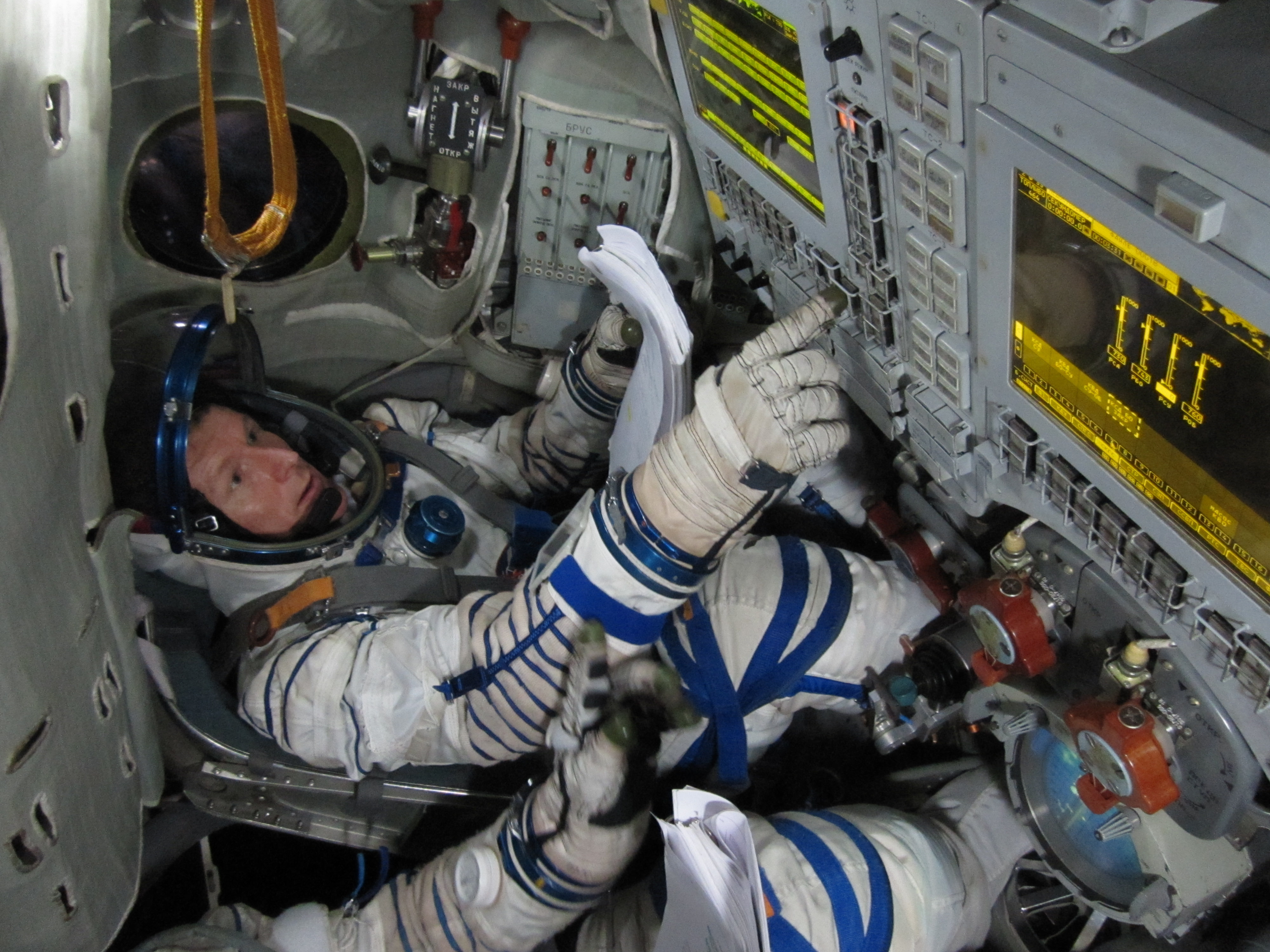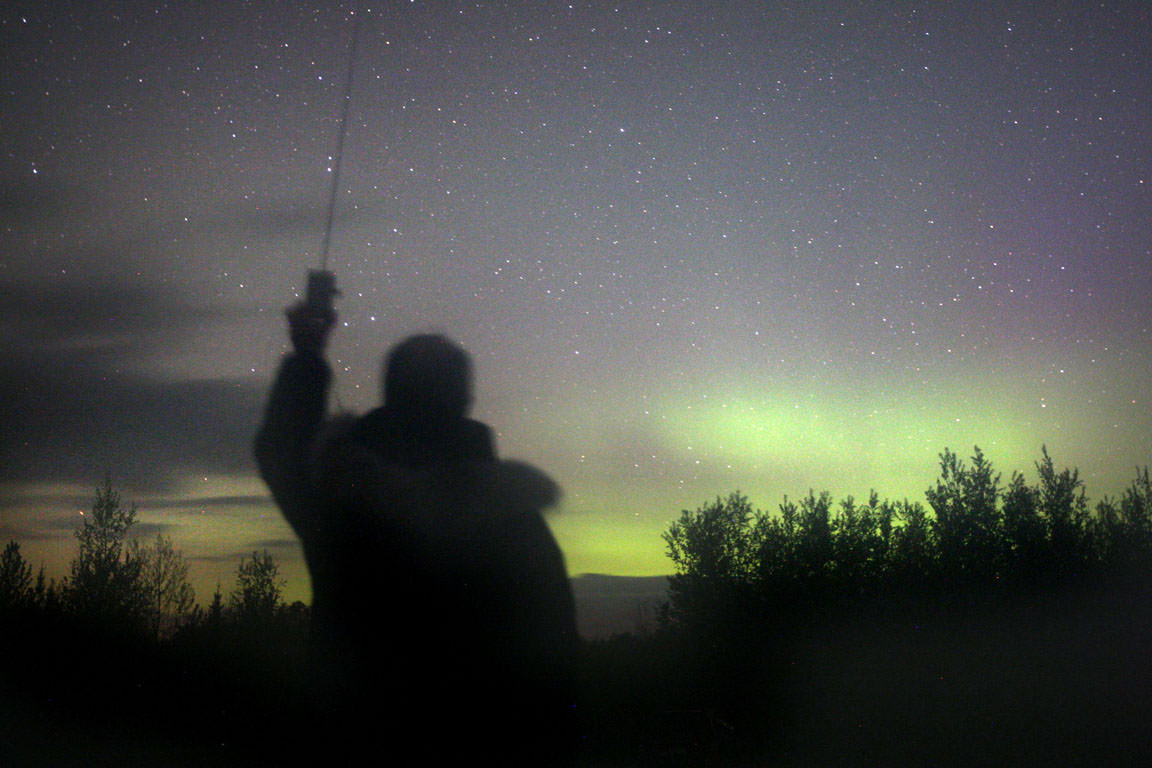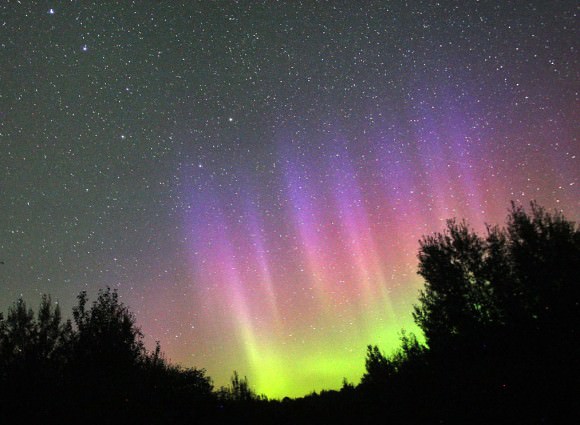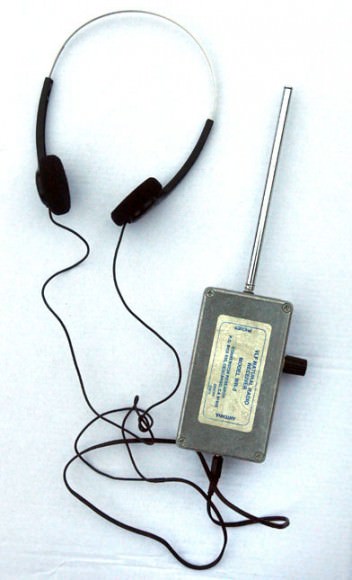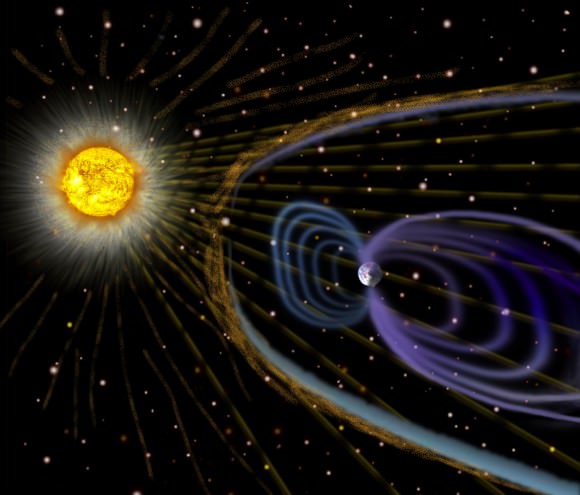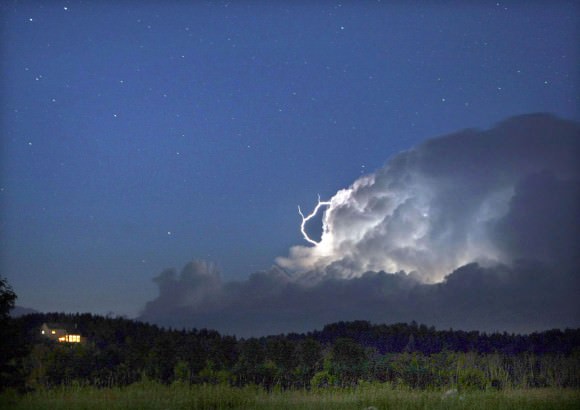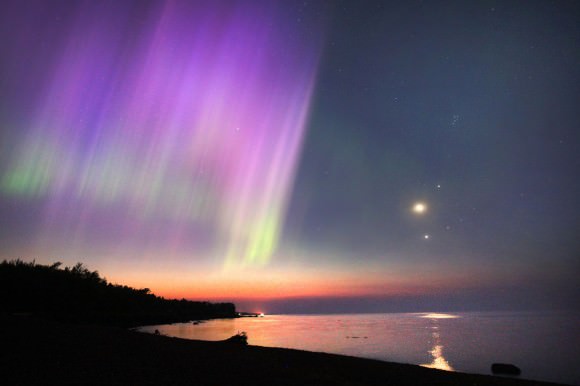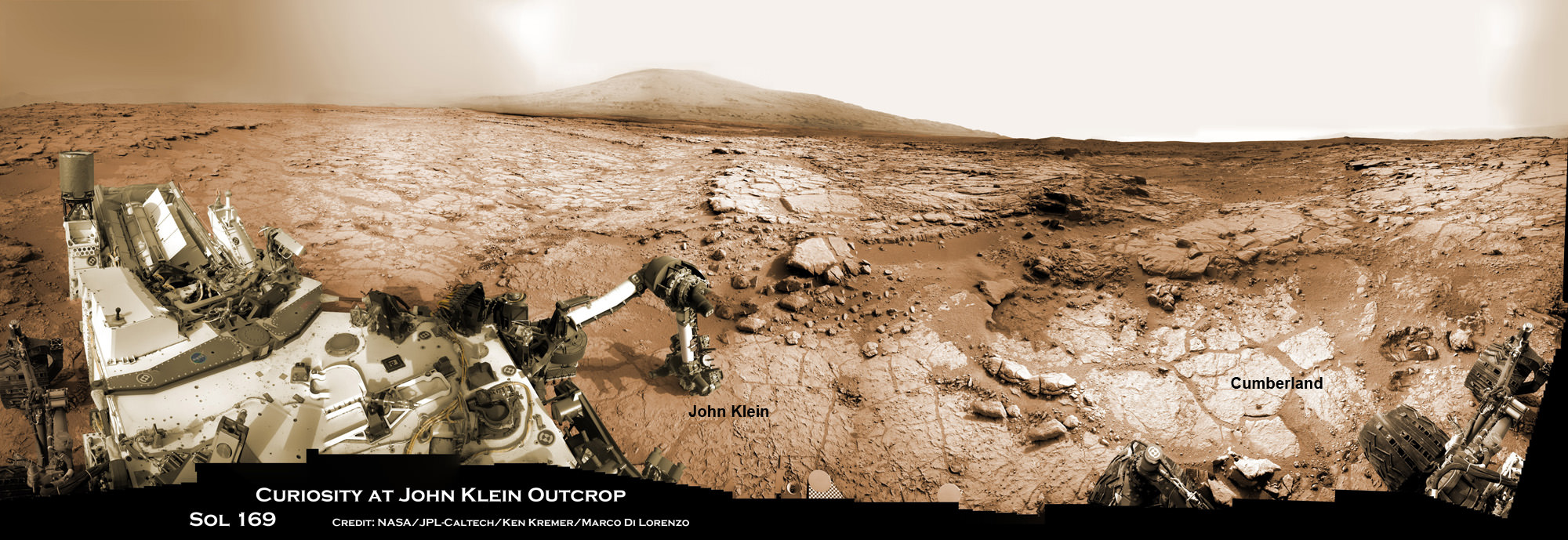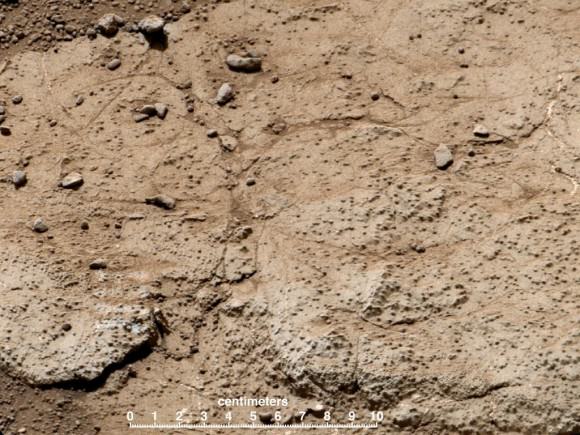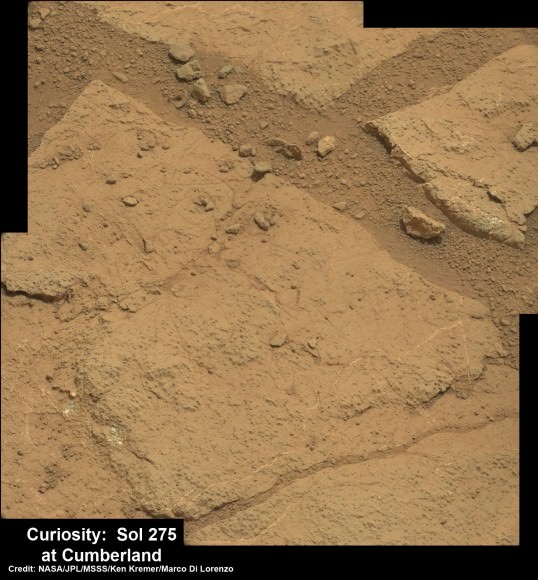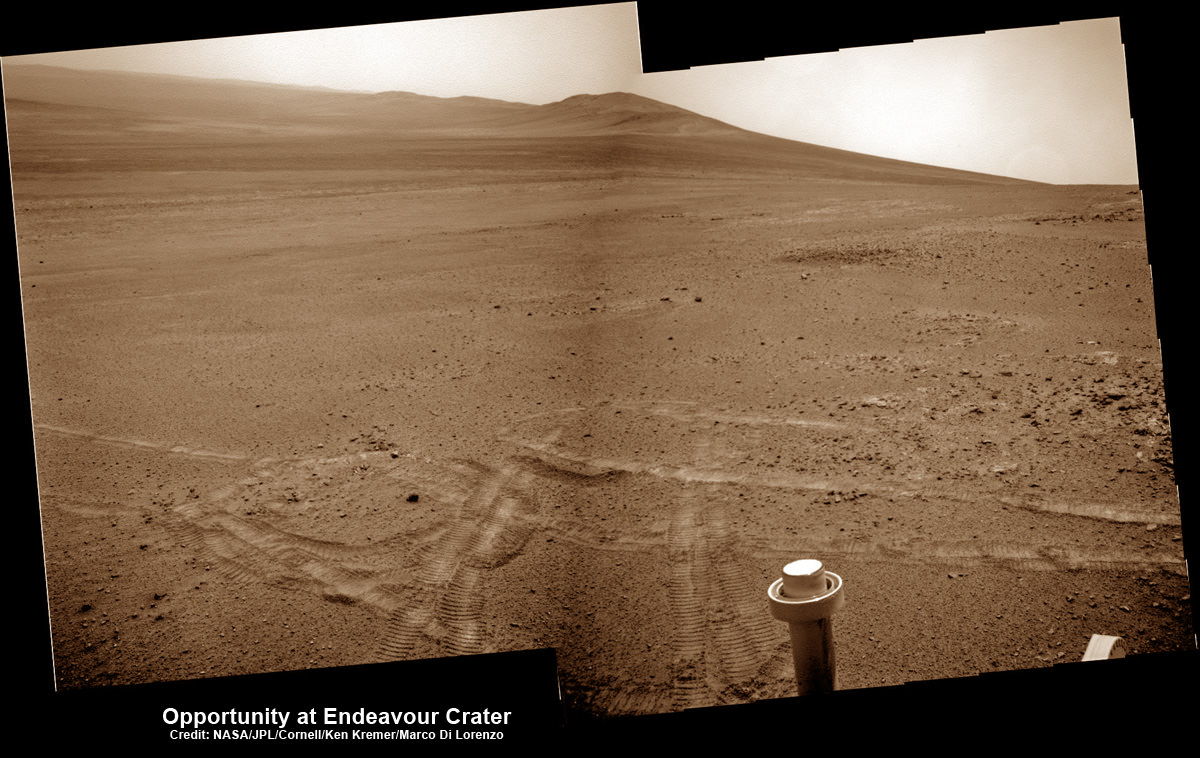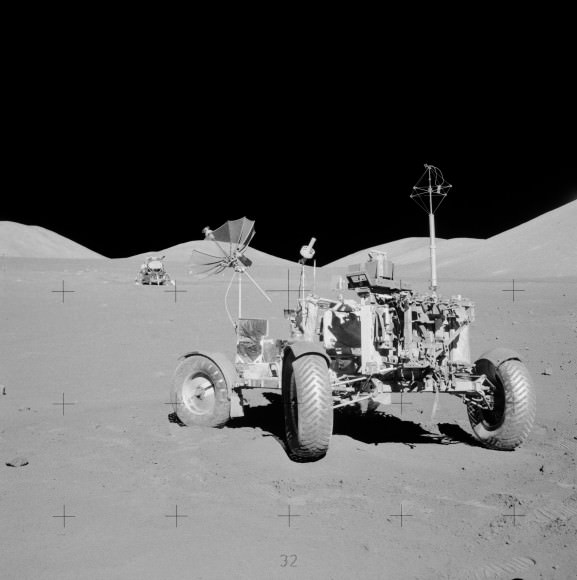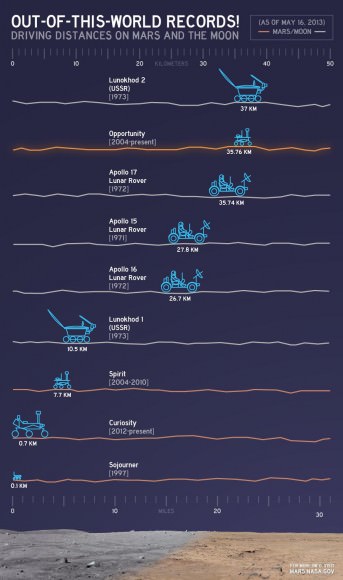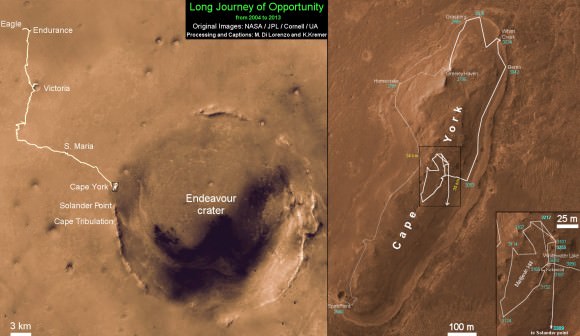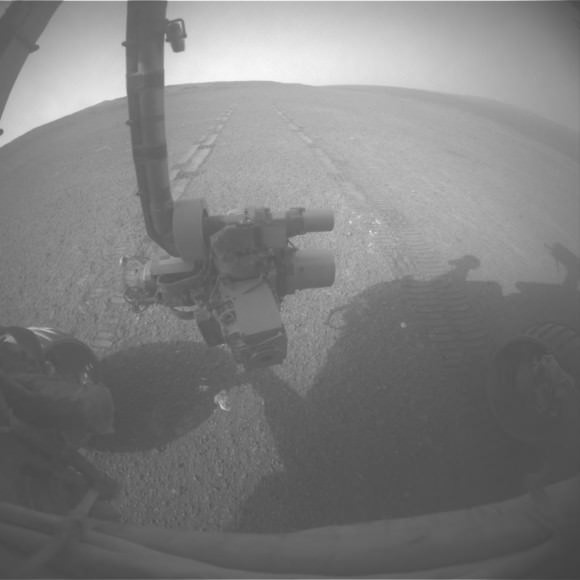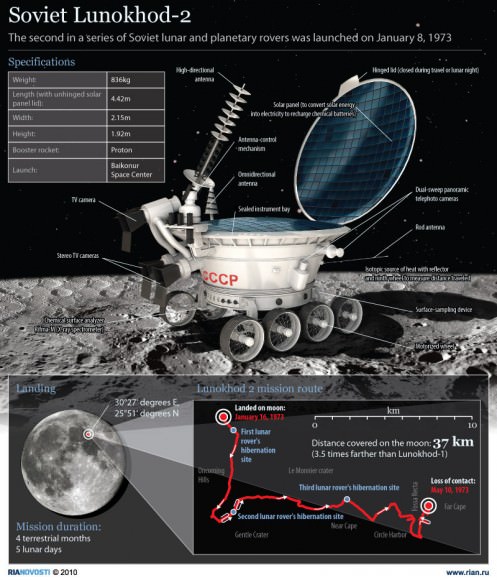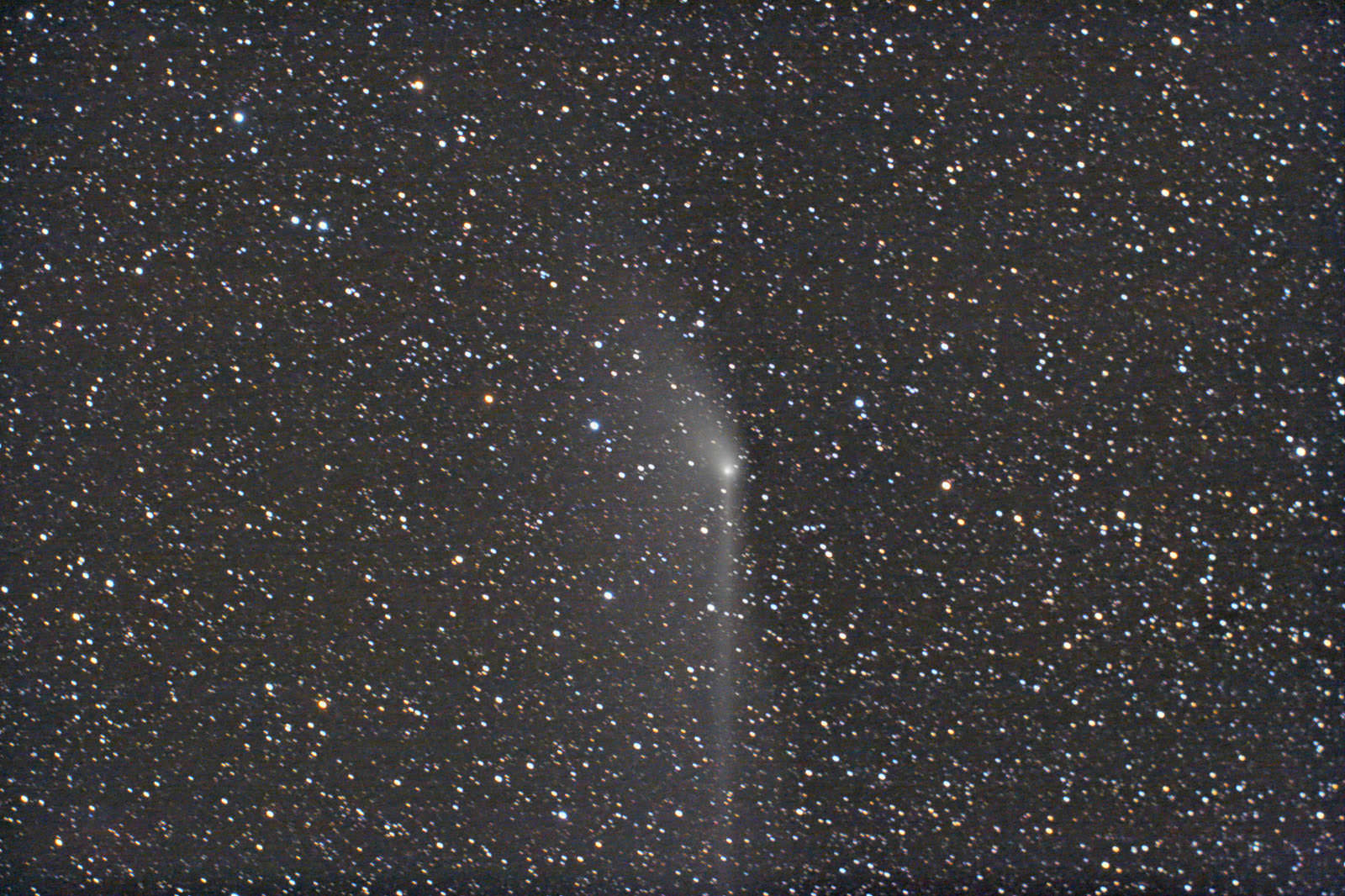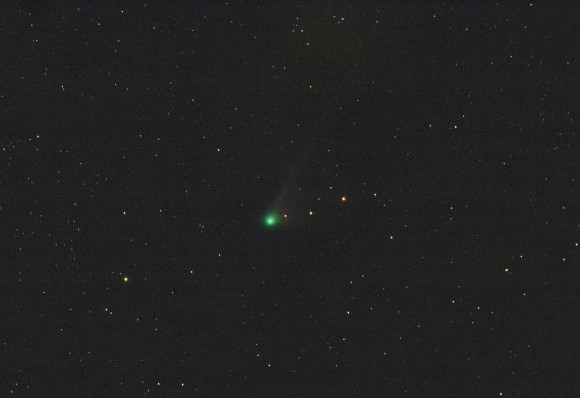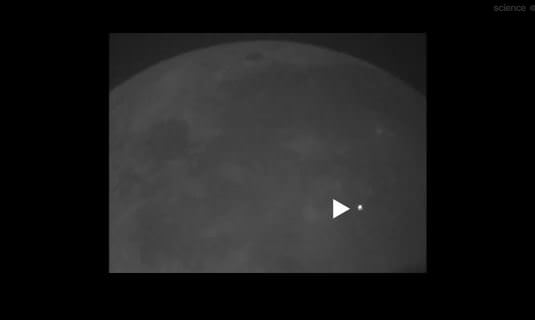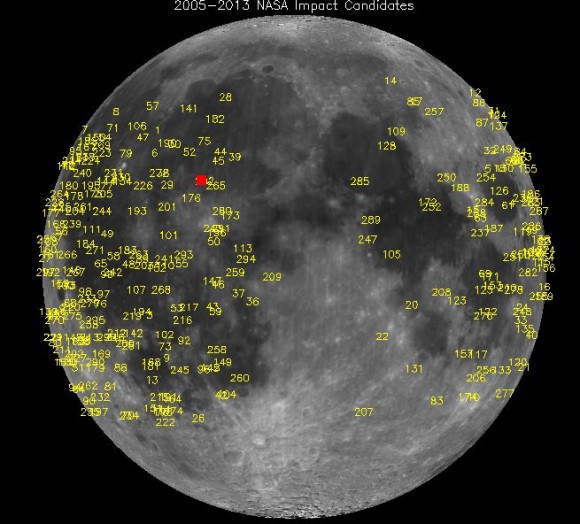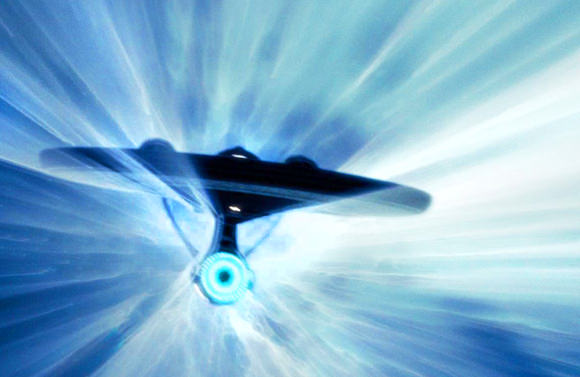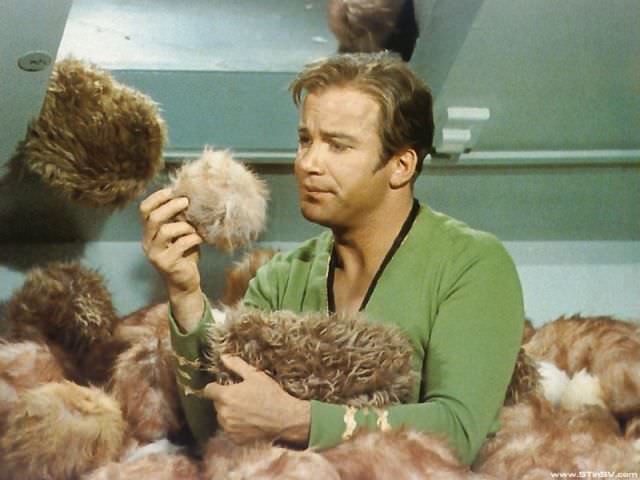The name is Peake. Timothy Peake. And he’s set to follow in the (fictional) footsteps of fellow British citizen James Bond with a stay on a space station.
In 2015, Peake will be the first British citizen to live for six months on the International Space Station. He’ll be a part of the Expedition 46/47 crew. NASA hasn’t publicly named all of his seatmates yet, but expect a lot of excitement across the former Empire when Peake has his turn.
“This is another important mission for Europe and in particular a wonderful opportunity for European science, industry and education to benefit from microgravity research,” Peake said in a statement.
There have been a bevy of British astronauts before Peake, both as joint nationals within NASA and even for private spaceflights (remember Mark Shuttleworth‘s and Richard Garriott’s ‘vacations’ on station?) Also, it’s quite possible that even more British citizens will get into space before Peake does in 2015.
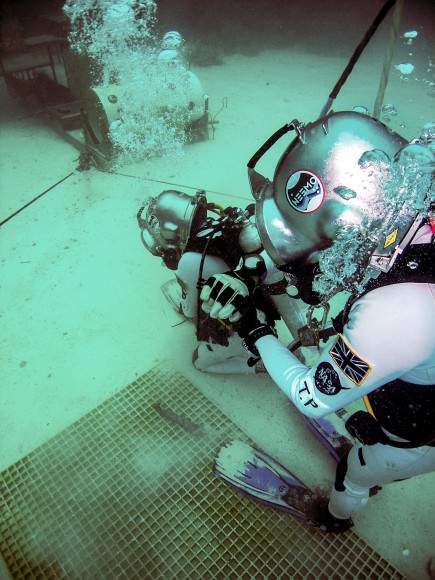
That’s not due to lack of qualifications on Peake’s part, though. He participated in the NEEMO 16 underwater mission and took part in a periodic underground cave expedition that ESA runs to simulate spaceflight, among other duties. Peake also used to be a helicopter pilot in the British Army; the media is already calling him “Major Tim” for that reason in homage to David Bowie’s “Space Oddity” song (most recently pwned by Canadian astronaut Chris Hadfield.)
But 2015 also marks when the ground is expected to shift, so to speak, in commercial spaceflight. It’s expected that Britain’s Virgin Galactic will start regular suborbital runs around that year. (XCOR’s Lynx suborbital spacecraft also may start flights around the same time, perhaps with British citizens on board.)
British songstress Sarah Brightman previously announced she will make a much shorter visit to the space station in 2015. That hasn’t been fully confirmed yet — there aren’t many seats available on Soyuz spacecraft after the end of the shuttle program — but it’s possible she could make it up there.
Getting back to Peake, some important secondary news came out for the latest corps of European astronauts: all of them are expected to fly before the end of 2017, as ESA previously promised.
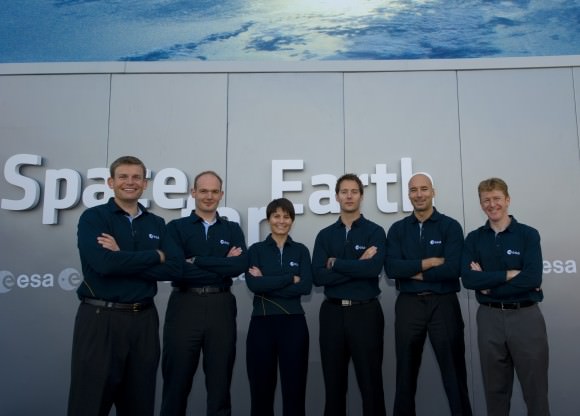
The astronauts, who call themselves ‘The Shenanigans’, are already having an exciting month as Italian Luca Parmitano is scheduled to fly to the International Space Station May 28. (In a spaceflight first, he’s doing outreach with a 15-year-old while in orbit.)
Two other Shenanigans are assigned to spaceflights: Alexander Gerst and Samantha Cristoforetti, who will make the journey around 2014.
It’ll be a little while before the last two astronauts, Andreas Mogensen and Thomas Pesquet, get confirmation of flight assignments, but it should be by announced by mid-2015, stated ESA’s director-general, Jean-Jacques Dordain.
ESA has made numerous contributions to the station, racking up credits that the federation of countries can use towards astronaut spaceflights. Among them are the Columbus laboratory, the Automated Transfer Vehicle cargo ship and the cupola (a panoramic window with a history of awesome astronaut shots.)
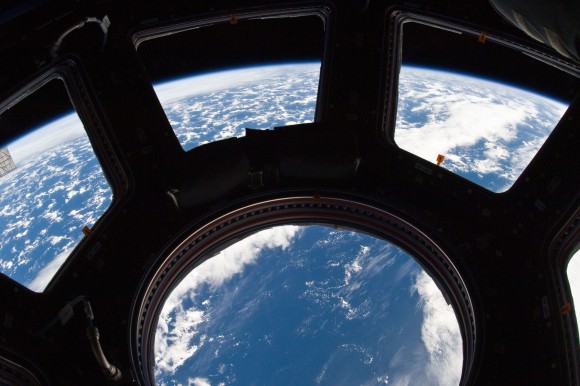
“The value of Europe’s astronauts and the training given at the European astronaut center is reflected in the large number of mission assignments awarded to ESA astronauts,” stated Thomas Reiter, ESA’s director of human spaceflight and operations.
You can follow Peake’s training at his Twitter account, and he has promised to keep up his social media efforts in space.
“I certainly will be tweeting from space. A large part of what I want to achieve on this mission is to try to inspire a generation and encourage them to continue to support space flight and microgravity research,” Peake said in a press conference, as reported by The Guardian.

